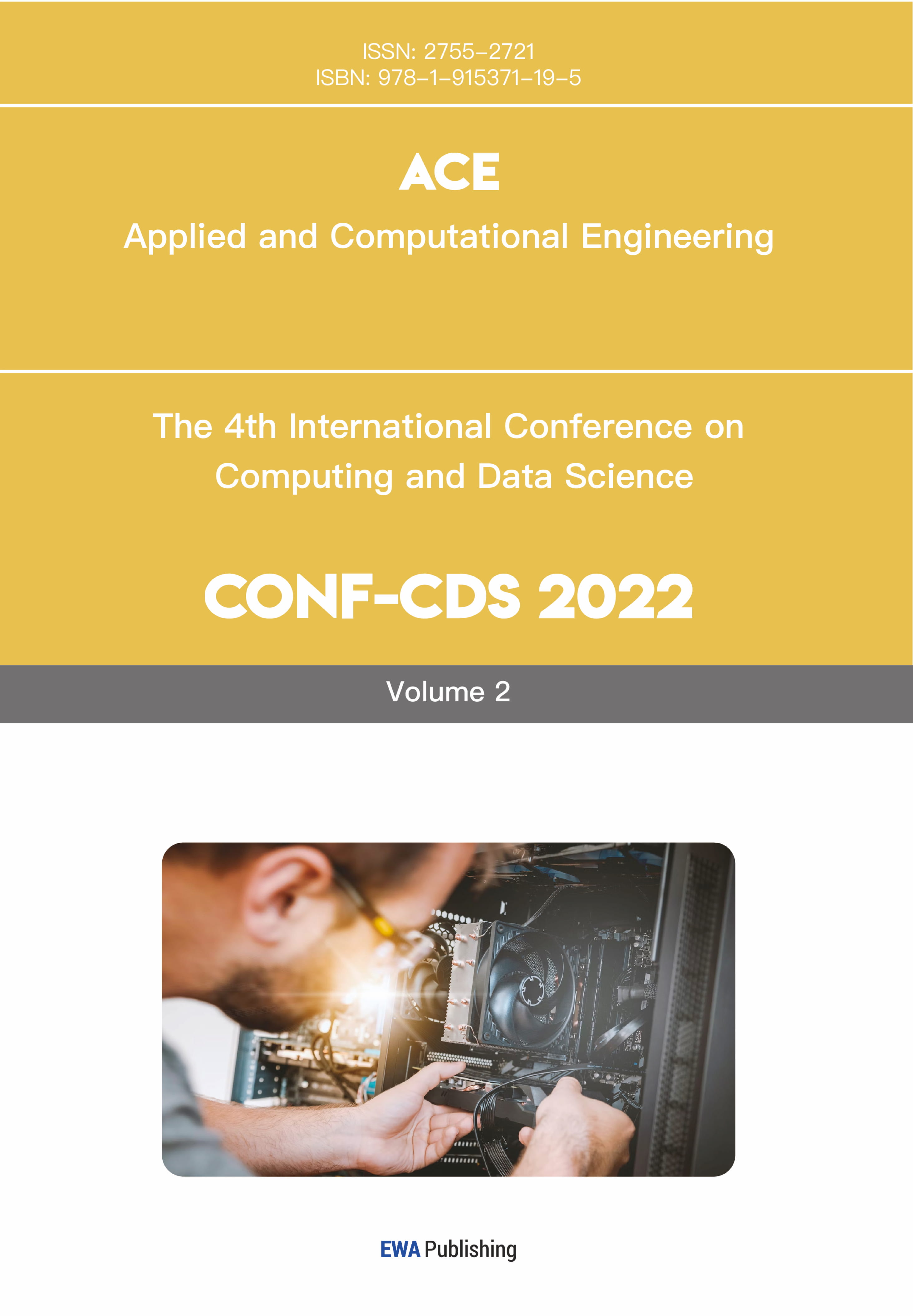References
[1]. Parvaz, M. A., Moeller, S. J., & Goldstein, R. Z. (2024). Neuroimaging biomarkers in addiction. medRxiv.
[2]. Schulze, L., et al. (2020). Common and separable neural alterations in substance use disorders: A coordinate-based meta-analysis of functional neuroimaging studies in humans. Human Brain Mapping, 41(16), 4459–4477.
[3]. Mohammadi, H., & Karwowski, W. (2025). Graph neural networks in brain connectivity studies: Methods, challenges, and future directions. Brain Sciences, 15(1), 17.
[4]. Sunil, G., Gowtham, S., Bose, A., Harish, S., & Srinivasa, G. (2024). Graph neural network and machine learning analysis of functional neuroimaging for understanding schizophrenia. BMC Neuroscience, 25, Article 2.
[5]. Chen, J., Zhang, Y., Niu, X., Zhang, M., Ma, L., & Cheng, J. (2024). A resting-state functional magnetic resonance imaging study of brain functional abnormalities in Internet gaming disorder patients. Magnetic Resonance Imaging (CJMRI), 15(8), 59–64.
[6]. Zheng, Y., Zhai, T., Lin, X., et al. (2024). The resting-state brain activity signatures for addictive disorders. Med, 5(3).
[7]. Google. (2025, August 23). Brain connectivity and addiction fMRI. Google. [Online image]. hotp-6-2022-full.png
[8]. Gong, C., Jing, C., Pan, J., & Wang, S. (2022). Feature-selected graph spatial attention network for addictive brain-networks identification. arXiv preprint arXiv: 2207.00583.
[9]. Gong, C., Chen, X., Mughal, B., & Wang, S., et al. (2023). Addictive brain-network identification by spatial attention recurrent network with feature selection. Brain Informatics, 10(1), Article 2.
[10]. Jing, C., Gong, C., Chen, Z., & Wang, S. (2023). Graph diffusion reconstruction network for addictive brain-networks identification. Brain Informatics. 3974, 133–145.



